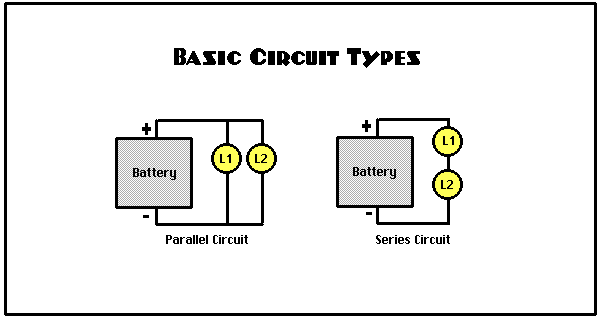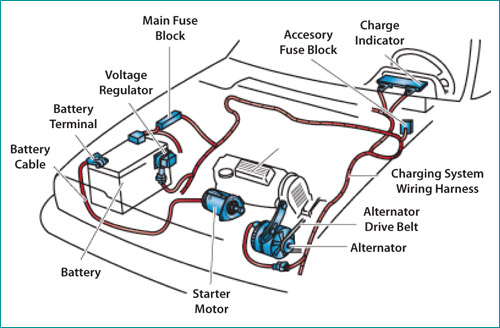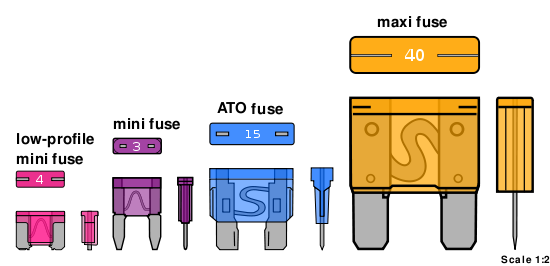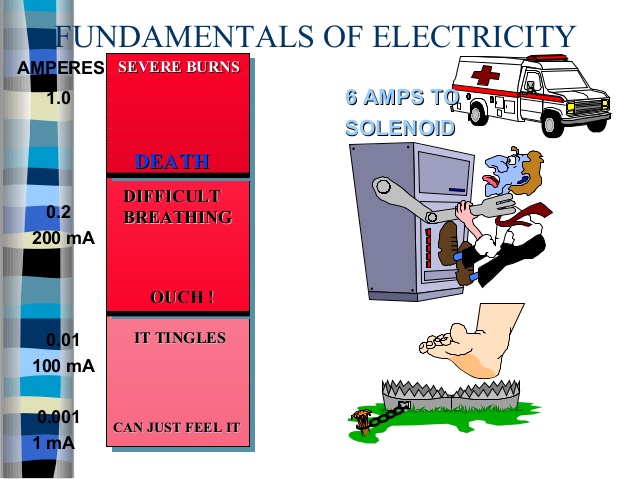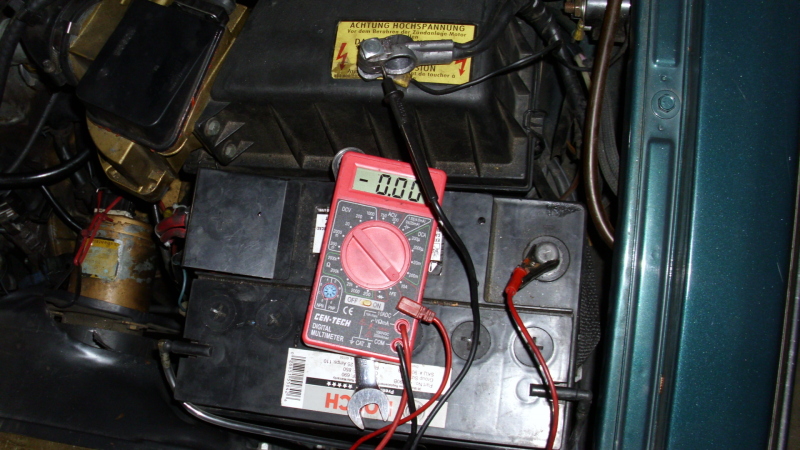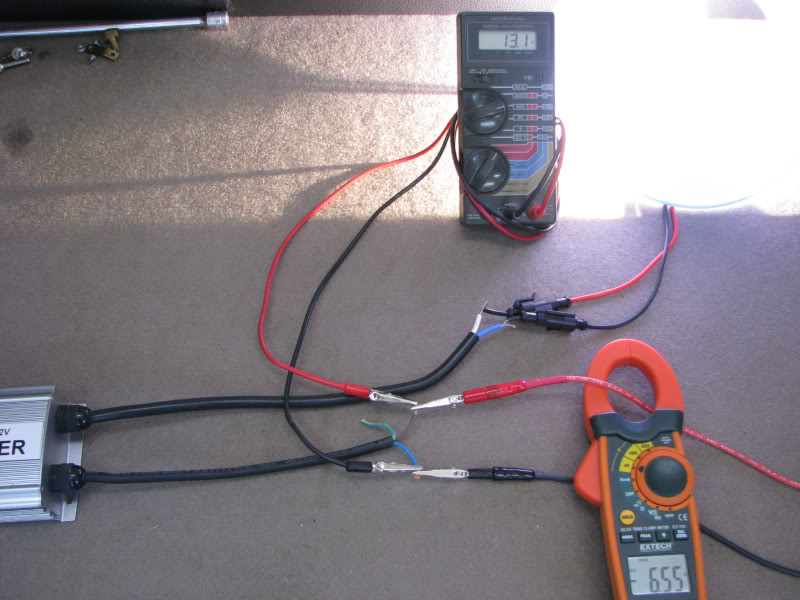Automotive Electrical Problems; How do Amperes Work
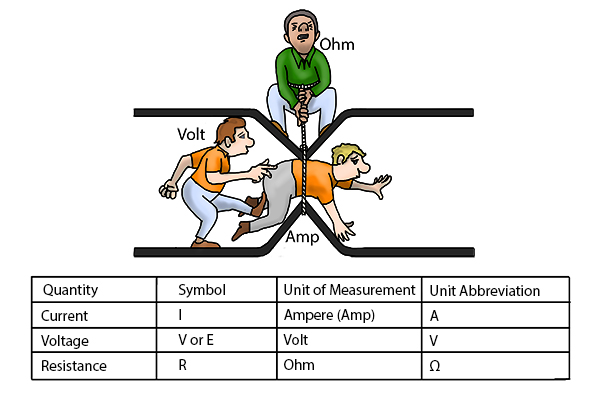
Pops Auto Electric, Explains the Ups and Downs of Amperes
Amperes
Amperes, amps, or current is the measure of the flow of electricity through a given circuit, and vital in diagnosing automotive electrical problems. It’s the (I) in the Ohm’s law equation above. Amps are different than voltage in that amps are the same throughout the entire circuit, unlike voltage, which starts out high then drops to zero when it reaches the negative battery post. Amps are the same at the beginning and the end of a circuit. If you have five amps at the beginning of the circuit, you’ll have five amps at the end of the circuit.
To continue with our automotive analogy, we’ll equate amps to speed. The higher the amps, the faster the speed. The number of amps a circuit uses is dictated by the load and the resistance in the circuit. The bigger the load, the more amps a circuit will use. A starter motor will use a lot more amps than a window motor because the window motor will not need as many amps to run as a starter motor would. This next fact about amps gets a little weird. The lower the resistance in a circuit, the higher the amp flow.
Sticking with our speed analogy, the more amps you have in a circuit, the faster things flow. Remember in the first blog we stated that if you had a short circuit you’d blow fuses and possibly burn things up? That was talking about amps.
If you have unrestricted electron flow with no load, amps get out of control. It’s like a speeding locomotive that goes off the track. Something is going to break. With automotive electrical problems, it’s usually the weakest link, which should be the fuse. Ever notice how fuses are rated in amps, not voltage? Now you know why.
One last little factoid about amps: You can have high voltage in a circuit and it won’t be that harmful to you. It’ll wake you up for sure, but it won’t kill you. However, if you have just a few amps to go with that high voltage, watch out. As little as 0.2 amps mixed with the right amount of voltage can kill you.
In fact, it might even be less than that depending on the circumstances. It’s not the voltage that hurts you; it’s the amps. It doesn’t take too many amps to knock you on your butt, so be extra careful when dealing with amps. This is why, if you don’t fully understand automotive electric problems, leave it to the professionals, call Pops Auto Electric now. To use another common analogy, if volts are pressure, amps are intensity or volume. You can have lots of pressure, but when you add intensity, things can get lively.
Ampere Testing
Professionals don’t often do amp testing when dealing with automotive circuits, other than when performing a parasitic draw test. There are two ways you can test amps in an automotive circuit when diagnosing automotive electrical problems. The first is with an inductive amp meter.
This is a tool that measures the magnetic field around a wire. The circuit has to be live for this to work. Say you’re looking to test the amps going to the starter via the positive battery cable. Place your amp meter around the positive battery cable and engage the starter to take your reading. You won’t get a reading if you’re not cranking the starter.
The other way to measure amps is by tying into the circuit directly, or tying in ‘series’. This means you open the circuit somewhere and insert your amp meter. All the amps in the circuit need to flow through your meter in order to test this way.
This can be tricky, and many a DVOM has suffered from improper amp testing. Don’t worry; most of them are fused, so if you mess up, hopefully you’ll be able to replace a fuse and be back in business. So to be safe when checking high amp circuits, use an inductive lead instead of connecting in series, or simply make an appointment with Pops Auto Electric and avoid problems. Remember, be careful when dealing with amps.
This works for every electrical circuit according to Ohm’s law. Once you know the circuit, you know where the gas (voltage) is going and you can measure it at different points in the circuit to get a good idea of how the circuit is operating.
One last example that might give you some practical insight: Say you have an electrical connector with some corrosion in it. You can’t see the corrosion, but you suspect it’s there. You can take a voltage reading before and after the connector to check the voltage drop across the connector. You should see close to zero volts. If you see a higher voltage than expected, you’ve found increased resistance in the circuit.
Voltage drop testing is your best friend when it comes to diagnosing automotive electric circuits. At Pop’s Auto Electric, we are experts in all forms of voltage testing. In fact local shops call us to trace, diagnose and fix difficult automotive electrical problems. Call Pop’s Auto Electric today for a free estimate.
Call Pops Auto Electric today for any repair work, but call right now if you experience any of the automotive electric system repair signs listed above, save your families life, fix those problems now!
Contact Info

